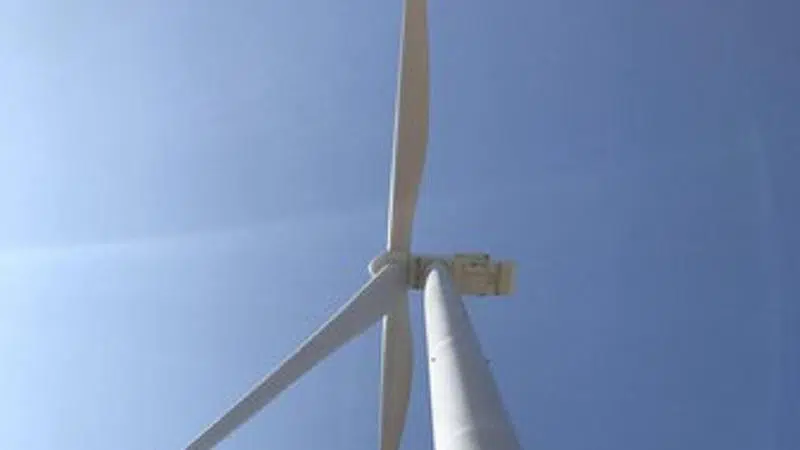
Windfarm powering local economy
Bow Island, AB – It’s a beehive of activity at the site of the Whitla Windfarm south of Bow Island as the 56 turbine project begins taking shape amongst the canola, lentil and wheat fields.
Gravel roads spread over the 13,000 hectare site are being improved and maintained, multiple cranes of various sizes are in use for installation, a small-scale cement plant with a dozen cement trucks is situated on-site. And with 325 workers buzzing around, there is no shortage of traffic on the roads.
But to get an idea of the economic impact of the Capital Power Whita Windfarm taking shape you need to start at the base of one of the turbines.
The twelve-foot deep anchor for each turbine requires 43 tonnes of steel rebar and 53 truckloads of cement. From there, a 100-metre steel tower is transported by rail and truck to each of the sites, bolted to a hub with three 66-metre turbine blades by cranes taller than the structure.


